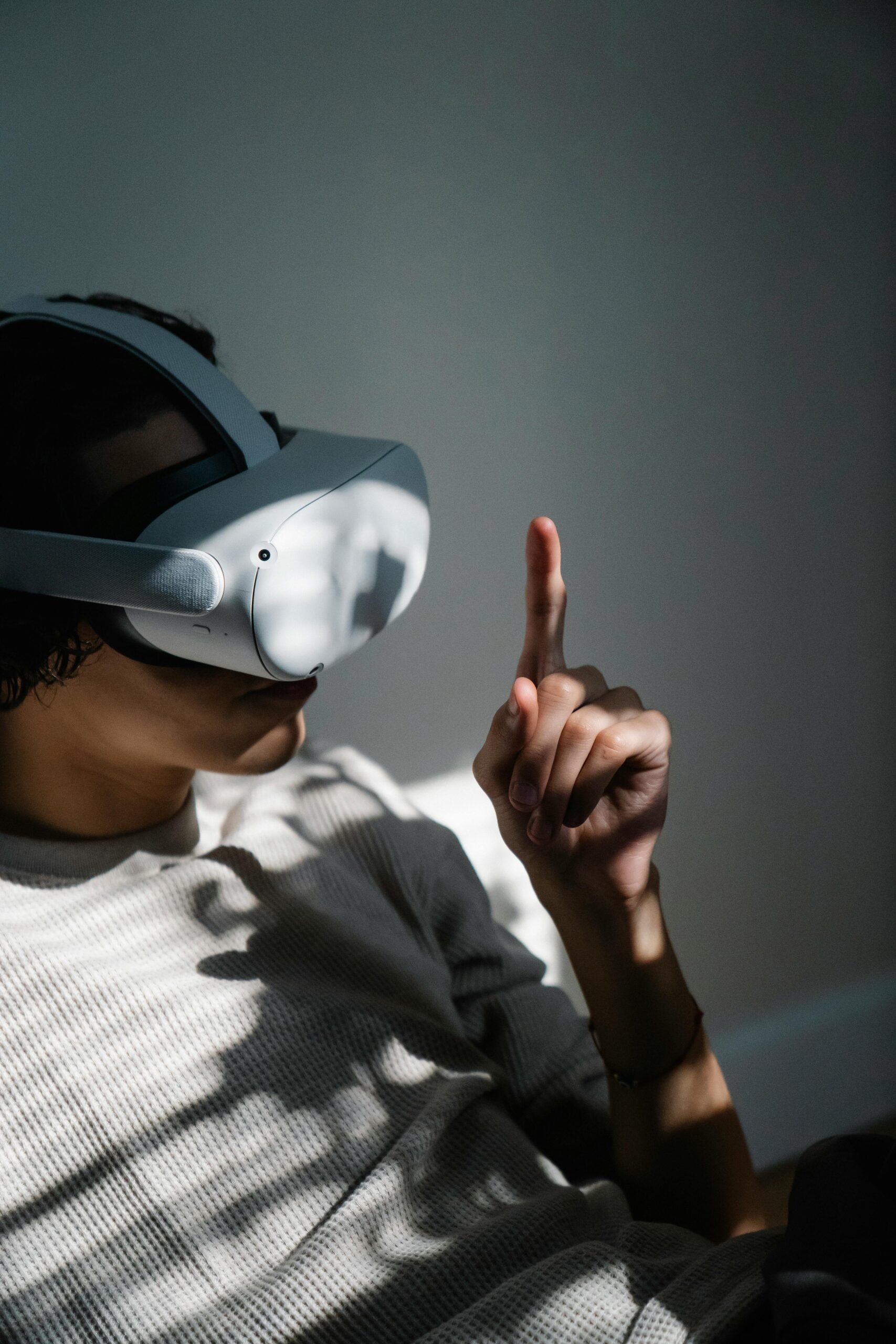
The rise of augmented reality (AR) filters has transformed how we connect, create, and communicate in the digital age. What began as simple face overlays on apps like Snapchat has grown into an entire cultural phenomenon, influencing everything from entertainment and marketing to identity and self-expression. As AR technology advances, these filters are reshaping not only the aesthetics of our online presence but also the way we interact with each other across digital platforms.
The Evolution of AR Filters
-
Early Days: Snapchat introduced the first mainstream AR filters, often called Lenses, in 2015. They allowed users to add playful animations to selfies, like dog ears or rainbow vomit.
-
Mainstream Expansion: Instagram and TikTok quickly adopted AR filters, opening them to creators via tools like Spark AR.
-
Beyond Fun: Today, filters range from beauty enhancements to interactive mini-games, with applications in education, shopping, and even activism.
What was once a novelty has become a powerful tool for creativity and engagement, used by millions daily.
Why AR Filters Became So Popular
-
Ease of Use – With just a click, users can transform their faces, backgrounds, or surroundings.
-
Creative Expression – Filters let people showcase humor, personality, and cultural references.
-
Social Virality – AR effects often drive viral trends, as users share experiences across networks.
-
Accessibility – Anyone with a smartphone can use filters without specialized equipment.
AR Filters and Online Identity
One of the most profound impacts of AR filters is how they shape digital identity:
-
Self-Image & Confidence – Beauty filters can smooth skin, adjust features, and alter appearances, giving users a curated digital self.
-
Playful Personas – Filters let people experiment with fantasy looks, characters, or even animal transformations.
-
Cultural Expression – Localized AR filters celebrate holidays, traditions, and memes, reinforcing cultural identity online.
However, this also raises concerns about unrealistic beauty standards and the blurring of real vs. virtual identity.
AR Filters in Marketing and Branding
Businesses have embraced AR filters as a way to engage audiences:
-
Try Before You Buy – Brands like Sephora and IKEA use AR to let users preview makeup or furniture virtually.
-
Interactive Campaigns – Companies launch branded filters to boost engagement, especially during product launches or events.
-
Storytelling – AR effects turn advertisements into immersive experiences rather than passive promotions.
According to surveys, interactive ads using AR filters see significantly higher engagement rates compared to traditional formats.
Social and Cultural Impact
AR filters are not just tools; they’re shaping culture:
-
Trend Acceleration – Viral challenges often rely on specific AR effects.
-
Activism and Awareness – Filters have been used to promote social causes, such as climate change campaigns or election reminders.
-
Digital Communities – Creators design custom filters, building niche communities around shared aesthetics.
The Technology Behind AR Filters
AR filters rely on:
-
Facial Recognition & Tracking – Detecting facial landmarks to apply effects accurately.
-
Machine Learning – Improving accuracy and enabling dynamic effects.
-
3D Rendering – Bringing animations and objects into real-world environments.
-
AR Development Platforms – Tools like Spark AR (Meta), Lens Studio (Snapchat), and TikTok Effect House empower creators globally.
Challenges and Ethical Concerns
While AR filters are fun and engaging, they present several issues:
-
Body Image Pressure – Overuse of beauty filters may impact mental health, especially among young users.
-
Privacy Risks – Facial data collection raises concerns about surveillance and data misuse.
-
Digital Authenticity – With filters blurring reality, questions of trust and authenticity arise in online interactions.
-
Cultural Sensitivity – Some filters have been criticized for promoting stereotypes or insensitivity.
The Future of AR Filters
Looking ahead, AR filters will become even more immersive and integrated:
-
Metaverse Integration – Filters will play a huge role in shaping avatars and virtual identities in the metaverse.
-
AI-Powered Personalization – Filters could adapt in real-time to individual preferences.
-
Cross-Platform Use – Seamless filter usage across different social platforms and devices.
-
Beyond Entertainment – Applications in healthcare, education, and workplace collaboration (e.g., virtual classrooms or AR-enhanced Zoom calls).
Conclusion
AR filters have evolved from quirky selfie tools into powerful instruments of creativity, culture, and commerce. They shape how we present ourselves, how brands engage customers, and how communities share experiences online. While ethical and social challenges remain, their role in the future of digital interaction is undeniable.
As AR technology matures and merges with AI and the metaverse, filters will no longer just change how we look online—they will transform how we live, communicate, and connect in the digital world.